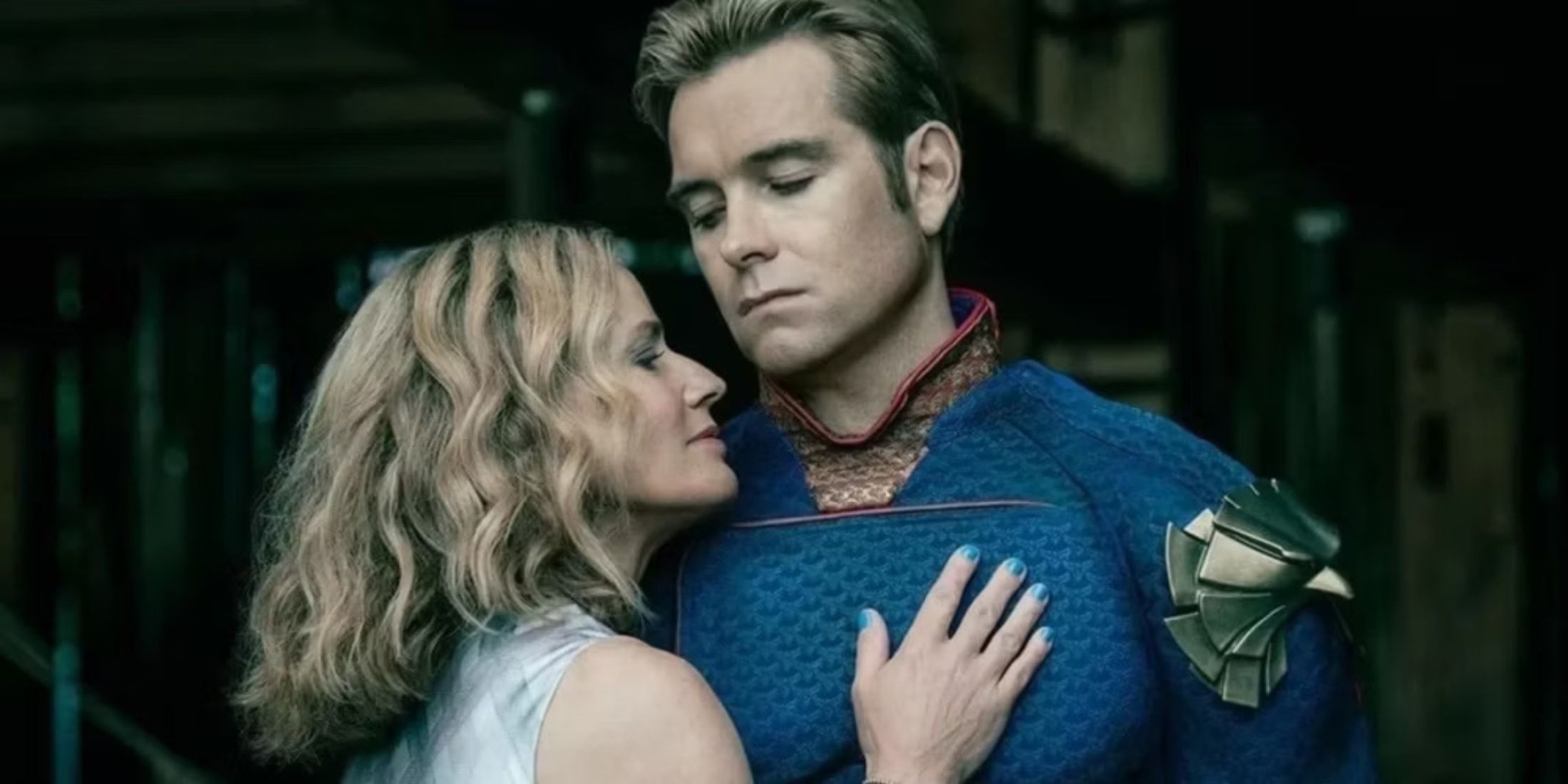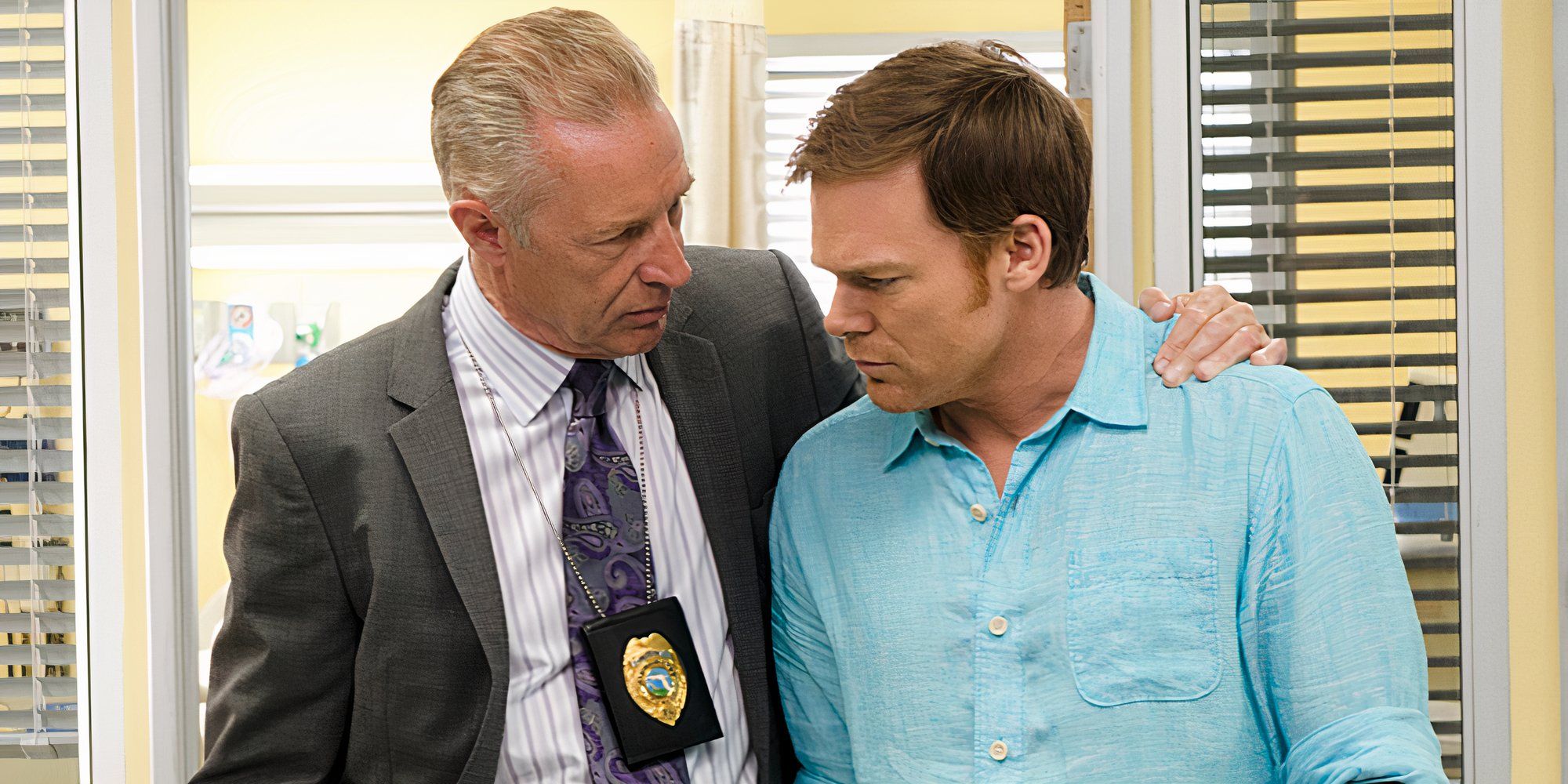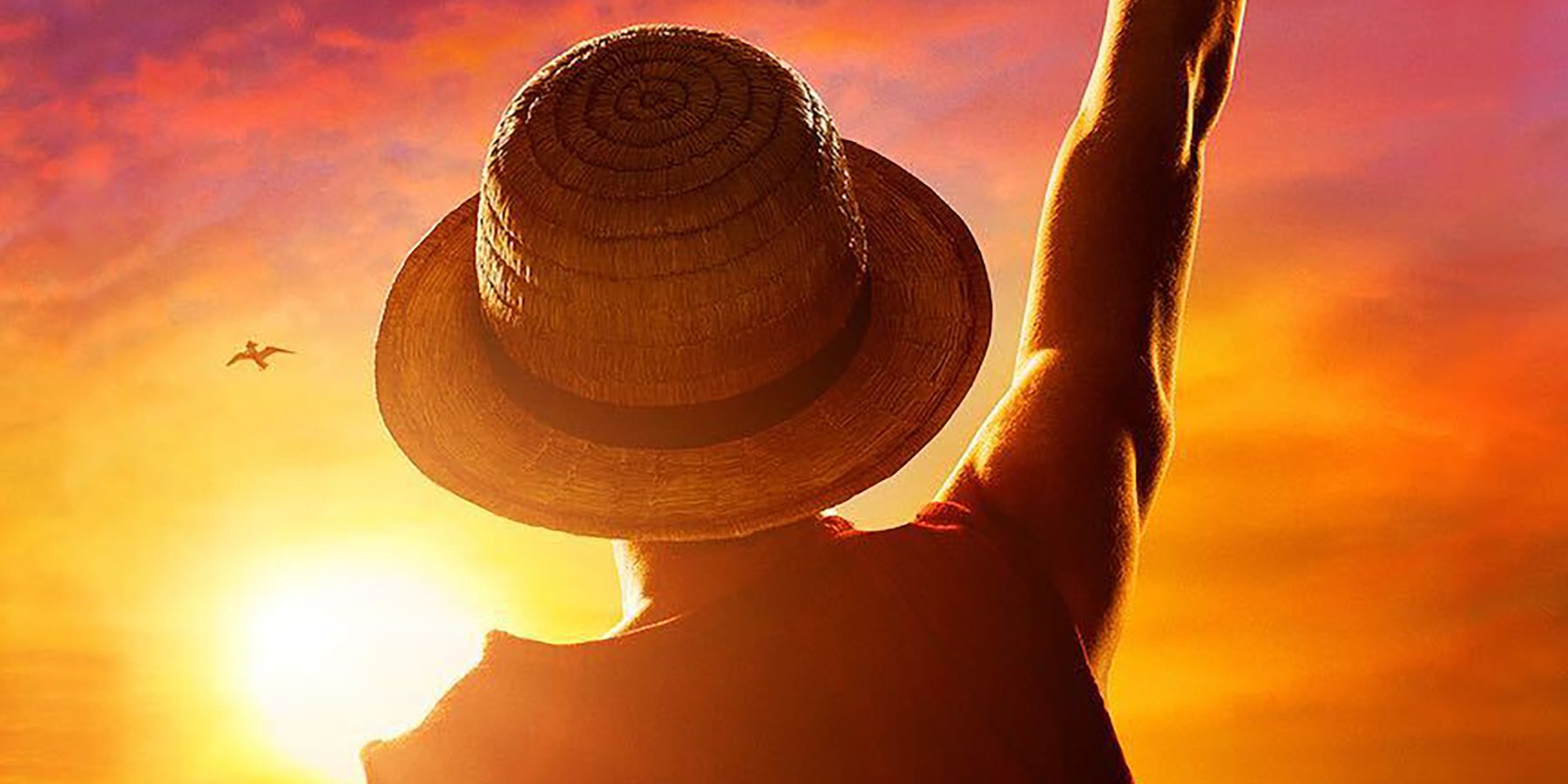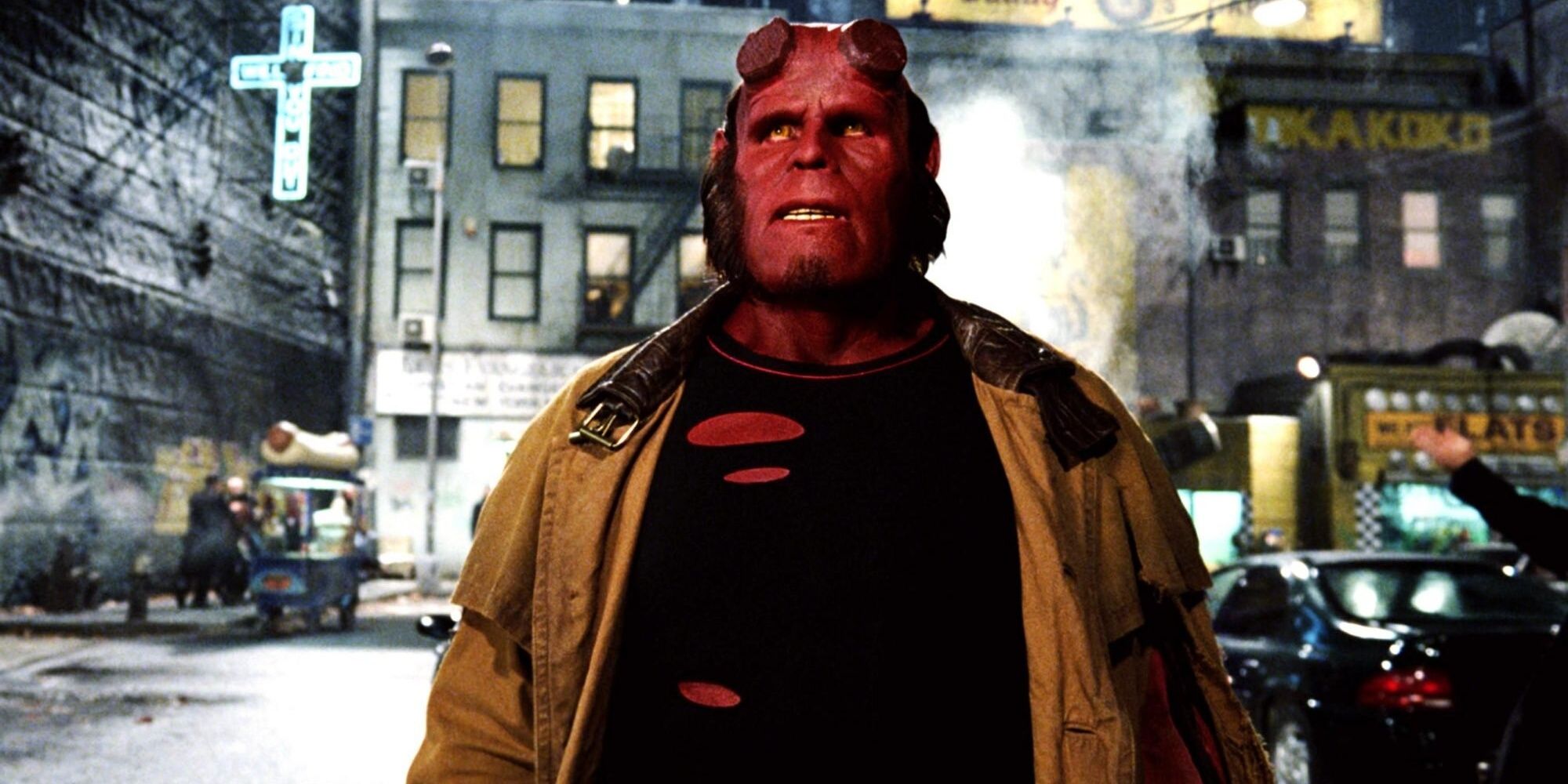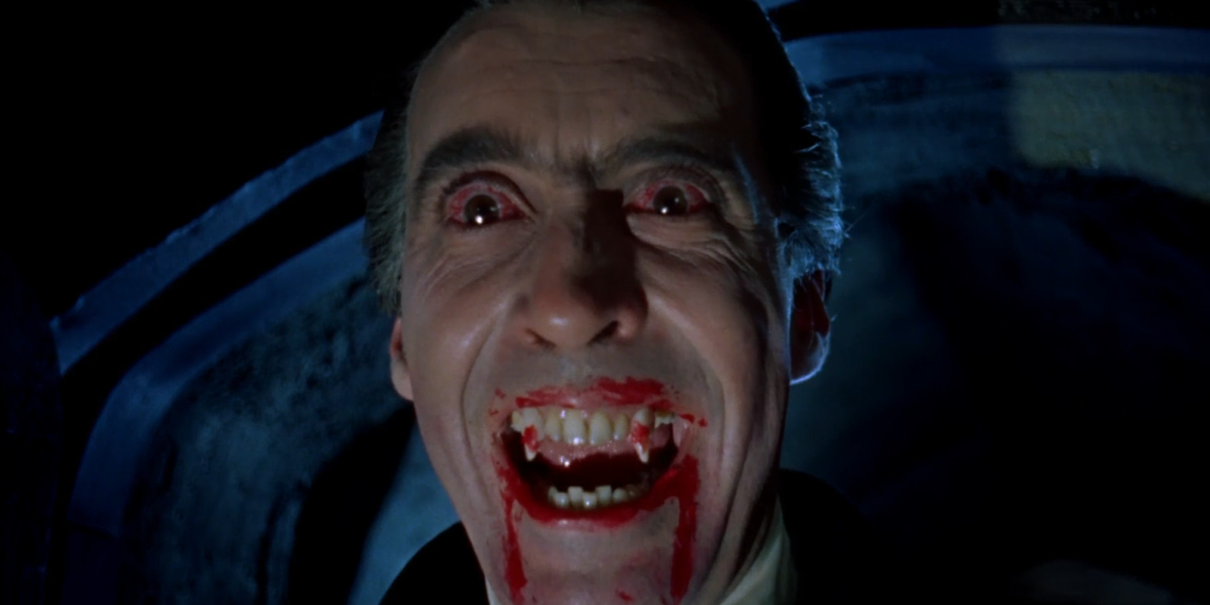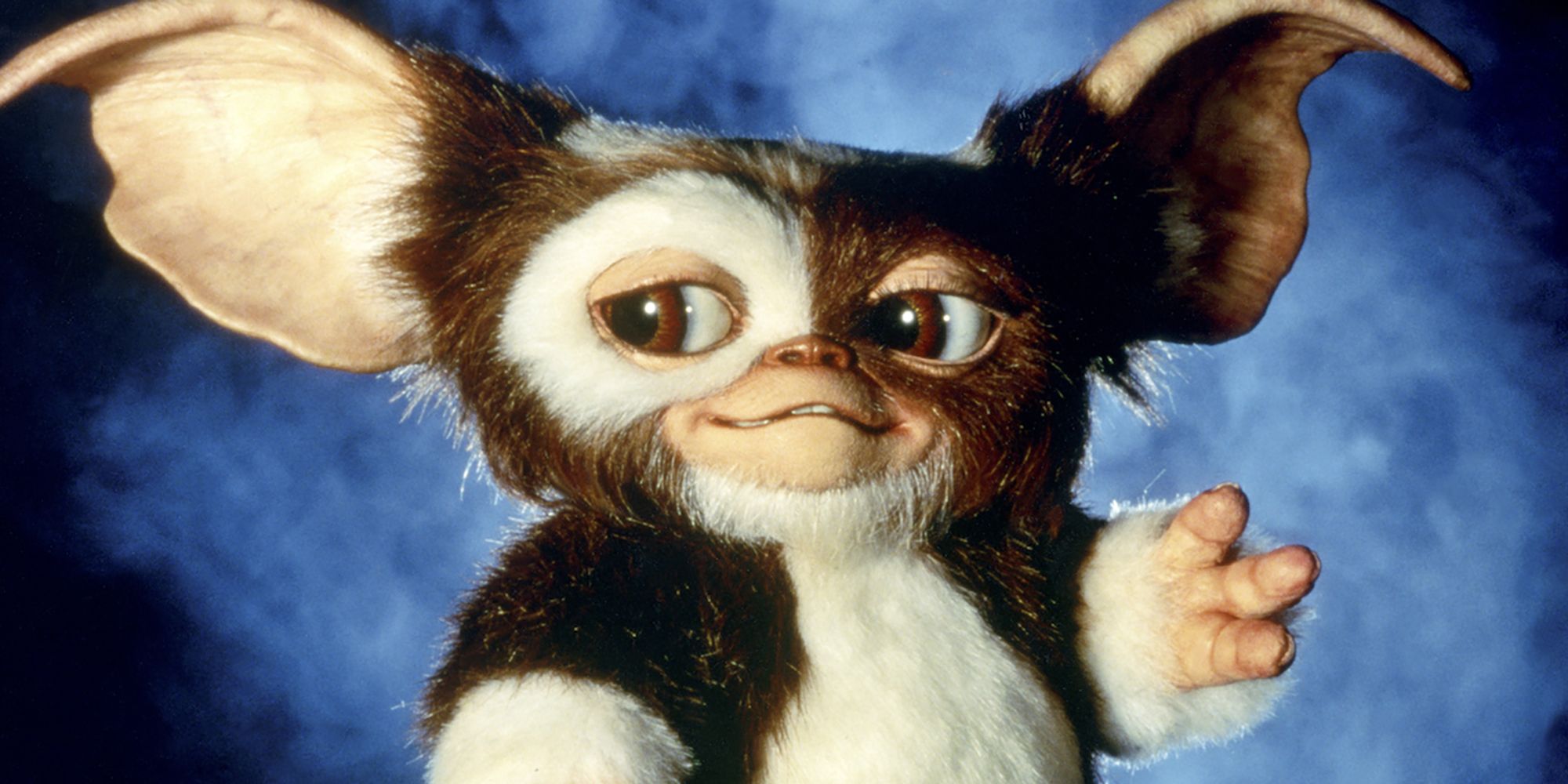In the average fantasy setting, the mundane details of the setting often resemble the real world of the medieval era. One of the most common and popular twists on the genre brings the fantastical elements into a more modern setting, creating a new world known as urban fantasy.
Every medium from comic books, to film, to literature, to television has multiple huge urban fantasy staples with armies of fans. The big names often grow past traditional fantasy, leading to a ton of fairy tale creatures wandering city streets. Urban fantasy serves as a platform for almost every other major genre, but it's one of the most popular settings for a reason.
In the big modern cities, there's so much happening at any given time that any number of incredible secrets could hide away from the average citizen. Beings ripped straight from the pages of Grimm or Tolkien could blend into the surging crowd and join the giant organism that is a well-functioning city. Urban fantasy imagines a world in which magic and all it implies is real, but remains a well-kept secret to most. Some urban fantasy settings allow magic to be a bit more out in the open than others, but a secret society is the typical order of the subgenre. The world of urban fantasy typically developed in much the same way the real world did, but elements of alternate history are also sometimes available. They almost always take place on Earth or a facsimile. Urban fantasy is as simple and classic as a subgenre can be, and it works by providing a platform for anything.
The term "urban fantasy" was originally used to describe real places. Travel guides and hotel advertisements would describe their little piece of metropolis as an "urban fantasy." In literature, however, it evolved as a natural consequence of shifting popularity. In the early 20th century, genre was not as well-defined as it is today. Magazines would publish fantasy, sci-fi, westerns, romance, horror, and comedy at random. A reader would pick up a random issue of Harper's Weekly or Argosy and get a story, but there's no telling what they were in for. Over time, writers developed go-to strategies to sell their pieces. Coincidentally, in the immediate aftermath of the first World War, a school of art called Social Realism became popular. As a result, writers like Isaac Asimov, Robert E. Howard, and Arthur Conan Doyle started to pitch their fantastical tales as "realistic."
Though the time after World War I is the era that gave urban fantasy its place of prominence, it has a history that draws eyes to the meaning of the word contemporary. Arguably the most famous piece of early urban fantasy fiction is Bram Stoker's Dracula. That classic tale imagines a version of the then-modern day that hides a secret society. Behind the scenes of that novel's take on the 1890s, there have always been vampires and vampire hunters. It laid the groundwork for much of the vampire fiction that exists today, but it's also a seminal work of urban fantasy. Van Helsing is essentially the only person in the story who seems aware of the things that go bump in the night, but they've always been there. The novel was built around old myth, but placed in a contemporary setting, making it a classic urban fantasy.
The greatest boom in the urban fantasy genre came in the 70s, largely thanks to the popularity of Steven King and Anne Rice. Salem's Lot and Interview with the Vampire were escalations of Dracula's concepts, placing vampires in a new modern context. Both works received film adaptations in later years, but the subgenre had long since reached the big screen. Comedies like Ghostbusters and Gremlins, action films like Buffy the Vampire Slayer, horror works like the Goosebumps series and so much more fit into this impossibly large setting. It's almost too big to sum up. The overwhelming majority of big franchises have some element of urban fantasy, and it's shown no signs of going away.
Urban fantasy is so much more than fairy tales on city streets. Anything that takes the fantastical elements of the past and brings them to the contemporary world of today is in conversation with decades of urban fantasy content. There are countless benefits to setting a fantasy story in the cities of today. It's more relatable for the audience, more striking in its presentation, and often much cheaper to pull off. Urban fantasy asks its viewers to look around every corner and imagine impossible things occurring and dwelling within their own zip code. From the earliest days of serialized fiction to the biggest blockbusters on the big screen today, urban fantasy can be the setting that serves any story. It's hard to imagine what the urban fantasy of the future could look like, but it's safe to say we'll see it soon enough.

